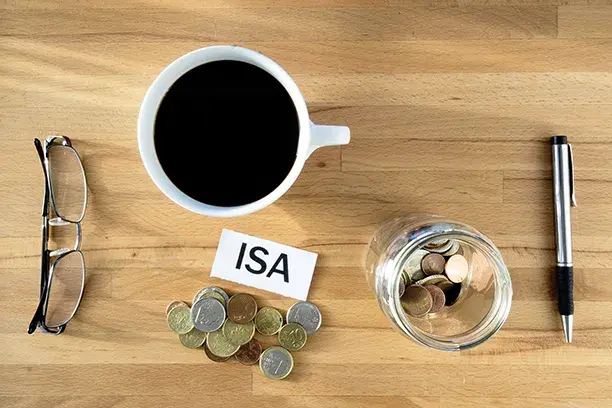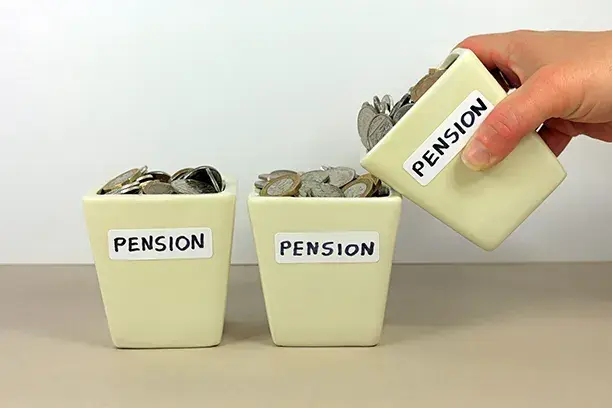If you’ve started to access your pension savings but still want to keep contributing towards your retirement, the Money Purchase Annual Allowance (MPAA) is an important rule to understand.
Introduced in April 2015 as part of the pension freedoms, the MPAA sets a limit on how much you can contribute to your defined contribution (DC) pension each tax year without triggering a tax charge.
The MPAA applies to individuals who have accessed their DC pension flexibly, such as through drawdown or taking a lump sum. Once you’ve done this, your annual tax-free pension contribution allowance drops from the standard £60,000 (as of the 2023/24 tax year) to just £10,000.
This means that while you can still save into your pension, the amount you can contribute each tax year without incurring tax is capped at the lower threshold.
Once the MPAA is triggered, contributions above the allowance are subject to your marginal rate of income tax. Importantly, you cannot then return to the initial allowance.
The MPAA was introduced to prevent so-called ‘pension recycling’. This is where individuals withdraw money from their pensions, potentially benefiting from tax-free cash, and reinvest it into their pension pot to take advantage of tax relief.
By reducing the allowance for those who have accessed their pension, the government aims to ensure tax advantages are used appropriately.
It’s important to note that the MPAA does not apply if you’ve only taken your 25% tax-free lump sum or are drawing from a defined benefit (final salary) pension scheme.
Once the MPAA is triggered, any contributions you make to your DC pension, including those from your employer, are measured against the £10,000 limit.
If your total contributions exceed this amount, you’ll face a tax charge on the excess, calculated based on your marginal income tax band.
Planning for the MPAA
If you’re still working and plan to contribute to your pension after accessing it, understanding the MPAA is crucial for your future retirement planning. Key things to think about are:
- Considering delaying pension access: If you don’t need to access your pension yet, keeping your full annual allowance of £60,000 may offer more flexibility for contributions and pot growth in the future.
- Maximising employer contributions: Your employer’s contributions count toward the £10,000 MPAA, so ensure you’re making the most of any workplace pension schemes.
- Seeking financial advice: A financial adviser can help you assess your situation and explore alternatives to drawing your pension early.
The MPAA is a key rule to have in mind for anyone thinking about accessing their pension flexibly while still saving for retirement.
By understanding its implications and planning accordingly, you can make the most of your retirement savings without unexpected tax bills.
Always check your contributions and consider professional advice to ensure your pension strategy matches your financial goals.
This article is for general information only and does not constitute advice. The information is aimed at retail clients only.
Please do not act based on anything you might read in this article. All contents are based on our understanding of HMRC legislation, which is subject to change.
A pension is a long-term investment not normally accessible until 55 (57 from April 2028). The fund value may fluctuate and can go down, which would have an impact on the level of pension benefits available.
The tax implications of pension withdrawals will be based on your individual circumstances. Thresholds, percentage rates, and tax legislation may change in subsequent Finance Acts.
Workplace pensions are regulated by The Pension Regulator.
The Financial Conduct Authority does not regulate tax planning advice.
The content of this article was accurate at the time of writing. While information is considered to be true and correct at the date of publication, changes in circumstances, regulation, and legislation after the time of publication may affect the accuracy of the content.











